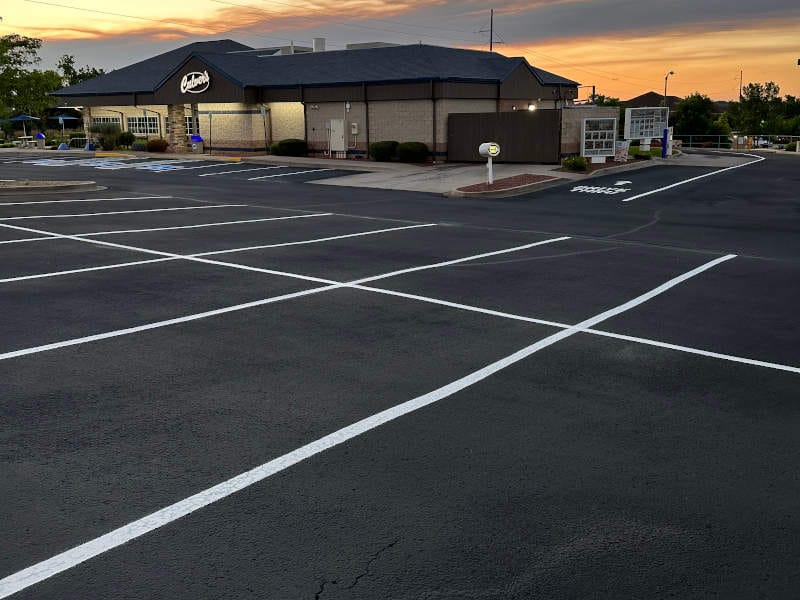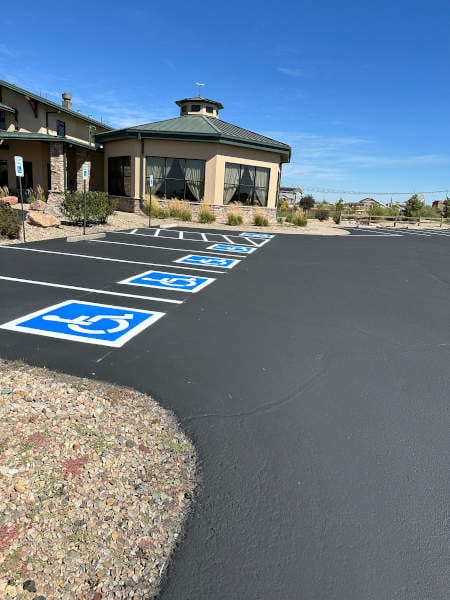
Angled or Straight Parking Stalls?
Parking stall orientation is a critical design decision in parking lot layouts. The two most common options are…

Parking stall orientation is a critical design decision in parking lot layouts. The two most common options are…

ADA, or the Americans with Disabilities Act, is a federal law designed to protect people with disabilities against…

Are you in charge of maintaining a parking lot? One of the most important aspects of parking lot…

If you’re a business owner with a brick-and-mortar store or office, you’re probably already aware of the importance…